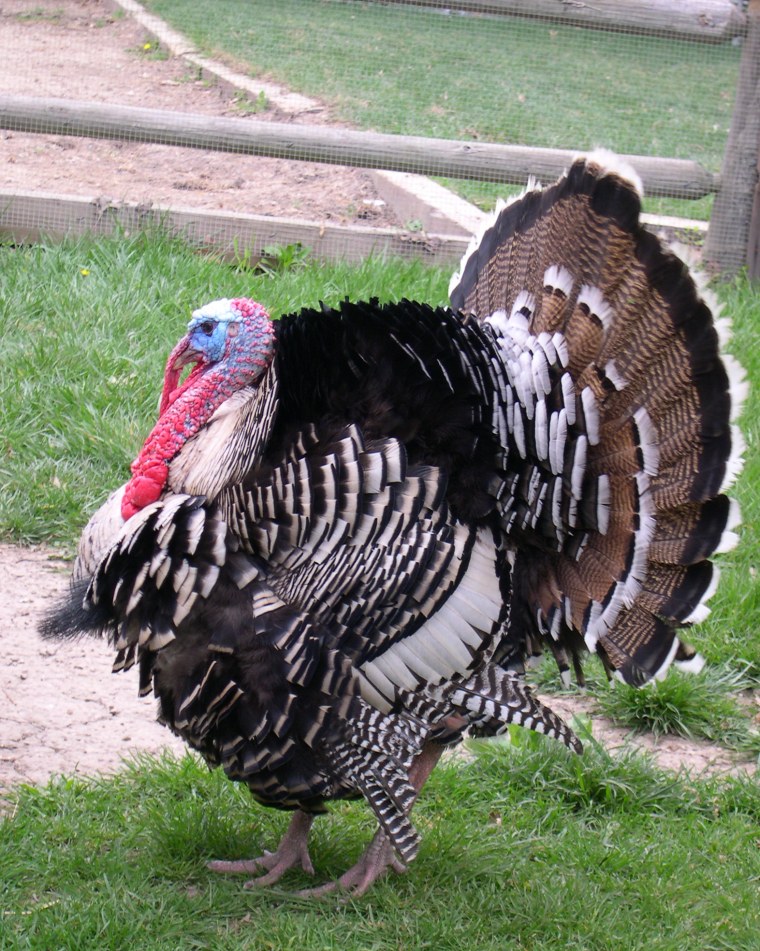Many Thanksgiving dishes have barely changed in the 145 years since Lincoln proclaimed the national holiday. Pies, mashed potatoes, cranberries, and, of course, turkey remain Turkey Day staples. But lots of other ethnic groups have flocked to America's shores since the first Europeans arrived, and each group has created its own twists on the basics.
Anglo-Americans, the Atlantic Coast
It comes as no surprise that those with deep roots on the Atlantic Coast, site of Plymouth Rock and the earliest British colonies, still enjoy the Thanksgiving dishes that are the most traditional. Seafood, unheard of at most Thanksgiving dinners around the country, is essential in states like Massachusetts. Crab cakes appear as a side dish, and so do briny East Coast oysters, either mixed in the stuffing or served on toast. A few dishes that the rest of us were glad to leave in the Old World continue to grace Atlantic tables. Hasty pudding, syllabub (a sweet, bubbly, milky drink), and mincemeat, free-form or in a pie, all return for Thanksgiving.
Italian-Americans, in and around New York City
While Italian-Americans have wholeheartedly adopted turkey, cranberries and mashed potatoes, many Italian-inspired dishes make the grade too. Salty focaccia and rustic loaves sometimes replace simple rolls, and the various holiday stuffings are crafted from a combination of starches and cured meats such as prosciutto and capicola. For dessert, pie is never as popular as ice cream and Italian cookies. And some fun, fusiony recipes are gaining popularity: Pumpkin ravioli, for instance, is a common Thanksgiving dish now.
Cuban-Americans, Miami
Pork plays an important role on the Cuban-American table, and sometimes the turkey is ignored altogether in favor of the roasted Thanksgiving pig.
Those who do go the bird route prepare it in much the same way they would pork, using a mojo marinade. Mojo can be many things (most families have their own recipe) but garlic and sour-orange juice are constants. Pepper and other seasonings such as cumin or oregano are also added, and in the case of turkey, vegetable oil is as well.
Black beans, normally a side at Cuban meals, might be added to stuffing on Thanksgiving, while fufu, a comfort food made of mashed plaintains, is a sweeter, stickier replacement for mashed potatoes. And naturally, desserts make the transition as well. Pumpkin flan, anyone?
Acadian-Americans, Louisiana
Cajuns do magical things with turkey. Two of the most famous preparations for the bird have been championed by celebrity chefs in recent years. Deep-fried turkeys, rubbed with black, white, and cayenne pepper to give them a Cajun level of heat, have existed for generations. But it's the Bay Stater Emeril Lagasse who popularized them, as he has with so many Cajun classics. A fried turkey can't be stuffed, so traditional Cajun dishes like red beans and rice with spicy sausage are presented alongside the turkey.
The other great Cajun contribution to Thanksgiving is the turducken: a boned turkey, duck, and chicken stuffed one inside the other, from smallest to biggest. Elaborate dishes similar to the turducken can be traced back to Renaissance-era Europe, but the exact origins of the turducken itself are hard to pin down. It's clear that the elaborate dish did arise in Cajun country and that it became much more widely known when Paul Prudhomme began serving it in New Orleans some thirty years ago. A quick tip: Just because three birds are on the table doesn't mean you can't also have sausage and shrimp étouffée on the side.
Korean-Americans, Los Angeles
Some foods are so ingrained in a culture that a feast really wouldn't be a celebration without them. For Koreans, this food is kimchi. Versions of the spicy, fermented vegetable dish, usually made of cabbage with garlic and chili peppers, became ubiquitous a few hundred years ago.
Korean palates are well accustomed to all manner of spicy items, so in addition to kimchi, there is usually another tongue-twistingly hot dish such as stir-fried squid on the holiday table. Turkey is the centerpiece of the meal, but the image of a patriarch carving the bird at the table doesn't resonate as well here. Generally, turkey is shredded in the kitchen into chopstick-friendly pieces for the more traditional family members.
